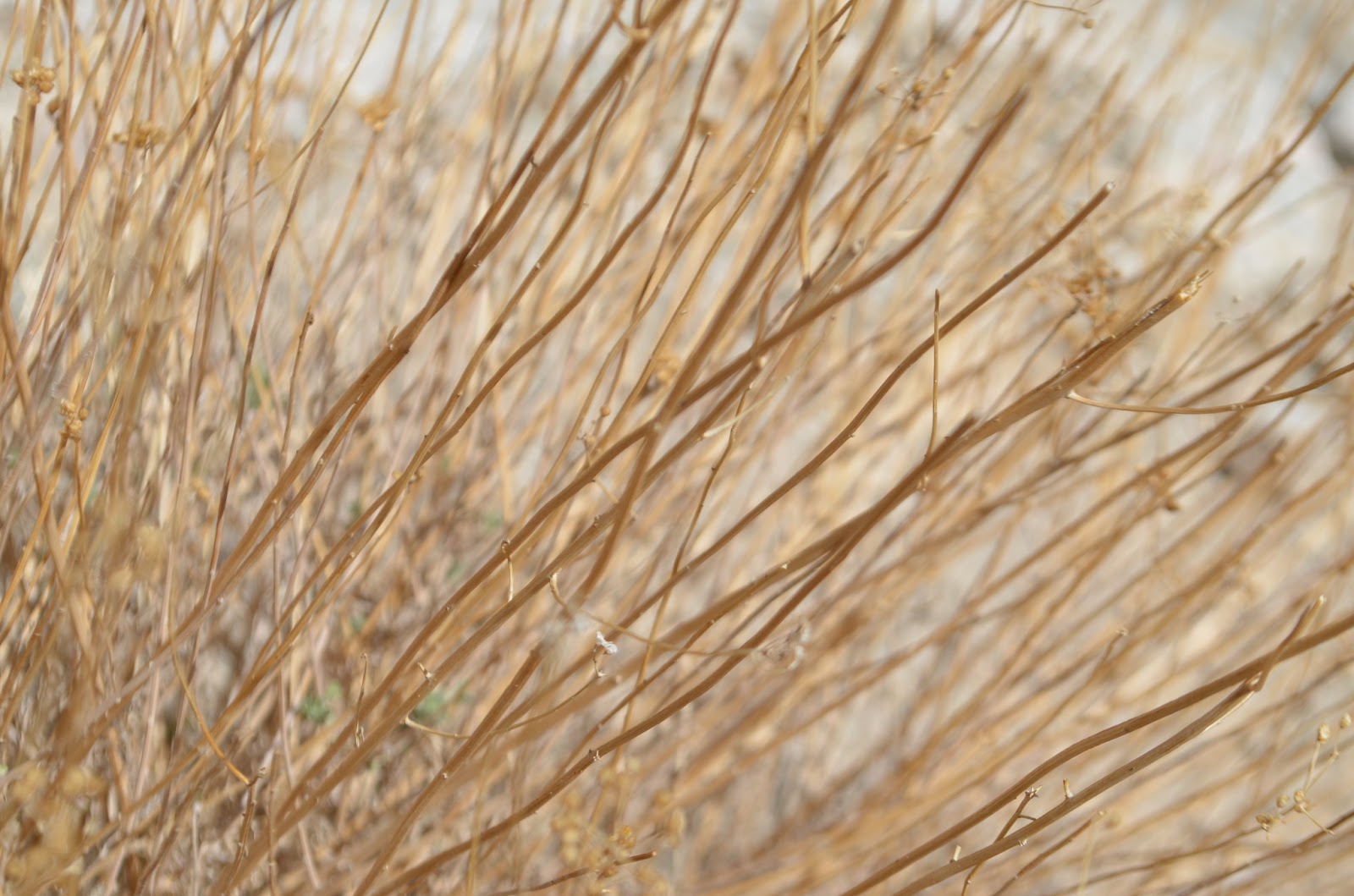As we walked along the Indus, I happened to spy a large
floating object bobbing in the water by the bank. I approached it. It appeared
to be a feather of some sort. It was large. Oh, so large. It was golden brown
with dark spotted freckles on its edges. The bank was squishy with the dark
grey silt. My boots sank right into them. None the less, the bobbing feather
hypnotised my every sense. It had to be retrieved! It had to be! How, oh how
could I let it lay there? “Come get me, you clumsy footed child, come get me.”,
it seemed to whisper to me. Short of luring me with psychedelic eyes, it did
all it could. So down I went on my hands and knees and boots. No, literally,
down I went, slowly sinking into that thick silt. I reached out, the feather
was moving away. It was hanging onto the bank-moss by merely a tether. No,
really, a tether. But KARPOW! I grabbed the blasted, blooming fellow and rose
to my feet holding it up victoriously.
This feather was carefully weaved into the holey side pocket
of my bag by the skilful Tamsinle. There it stayed, fluttering in the breeze
and getting extremely worn out as we continued our trek. It looked so much like
a kestrel’s feather- but it was far too big. A golden eagle? But it wasn’t dark
enough. We put that down as a maybe. The question puzzled me. The book of birds
was back at the office and I wouldn’t see it for another two days. Ho Hum was what I felt.
The next day, while I sat on the ridgeline watching Tamsinle
set up the camera, a shepherd came by. He asked me where I found that feather.
I said I found it floating in the Indus. He then told me that it’s an extremely
rare feather to have and that it belonged to the Uk-pa. He said it’s a lucky
omen and that this bird is like a giant crow that you see only at night. Not
knowing which bird the Uk-pa is, this extra bit of information perplexed me
even more.
On meeting Jigmetle, the only Ladakhi of the three of us, I
asked him which bird the Uk-pa is. He said it is an owl. AN OWL! Of course!
Which other bird would be nocturnal? I felt silly for not having thought of that.
But an owl of such proportions? I was supremely curious by now.
When we got back to the office, I compared the description
of the owls listed in the book to the feather’s size and colour and finally hit
upon which bird it was from. *PUM PUM PUM* (dramatic pause).... THE EAGLE OWL!
Here’s the
description from the book:
Eurasian Eagle Owl (bubo
bubo)
Local name: Ugpa, Uk-pa (all owls)
Alternate names: Nothern-, Indian-, Eagle Owl
Size: L 56-66cm, WS 180cm
Description: A large stocky solitary owl with pale,
brownish-grey upperparts heavily streaked with dark-brown black and whitish
mottled, perfectly matching with the rocky surroundings. The underparts are
whitish, heavily barred rufous from breast to under tail coverts and greyish-white
from chin to upper breast, boldly streaked with black. The prominent plain
facial disc is pale grey, encompassed by darker grey and topped with
conspicuous blackish ear tufts (horns). Underwings are plain buff white,
strongly barred with brown, ending in dark brown wing tips (hands), upperwings
(in flight) show characteristic buff-brown primaries, heavily banded dark
brown. The strong bill is greenish black to black, the eyes orange red and the
legs feathered to the base of powerful claws. The species feeds on marmots,
lamb-sized mammals, wild fowl and fish. Indigestible kill, including bones,
hair, feathers, fish scales and teet, is regurgitated in form of a pellet (a
pellet was found containing a full leg of a buzzard.) the sexes are alike
though the female appears a little larger; they weigh 2-3kg. Juveniles are
darker, more rufous brown buff, with tightly barred underparts, an
inconspicuous facial disk and without the horns.
Now the book also speaks of its call, breeding, habitat and behaviour,
status and distribution, typical areas of encounter and subspecies. But keying
all that in is going to take quite a while. If any of you are very keen to
know, leave me a note on this post and I’ll put it up.
Here’s a picture off google of the bird:
And here is the mighty feather.
(It hunts lamb-sized mammals! Holy shit!)































